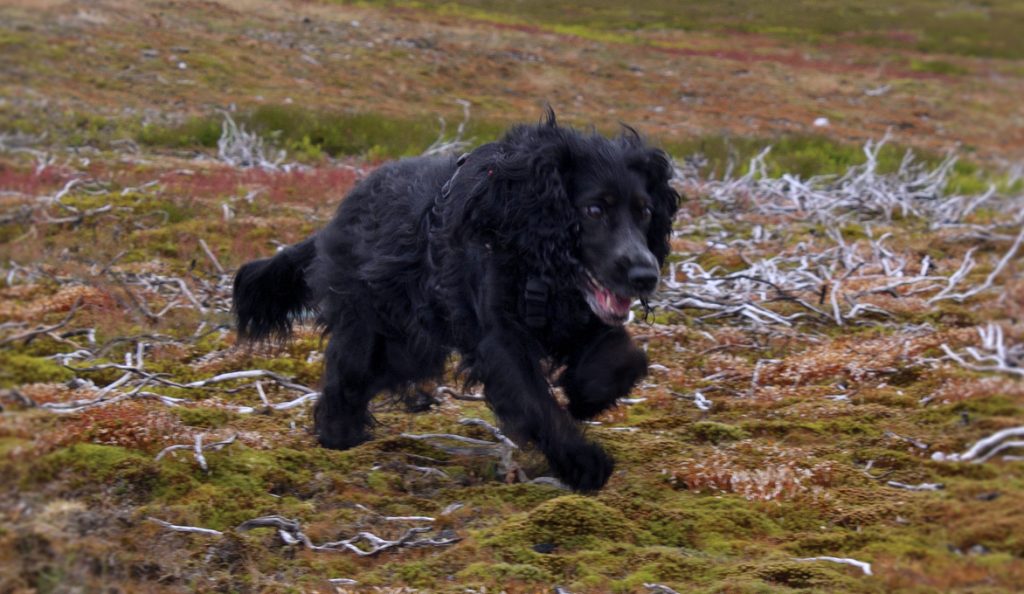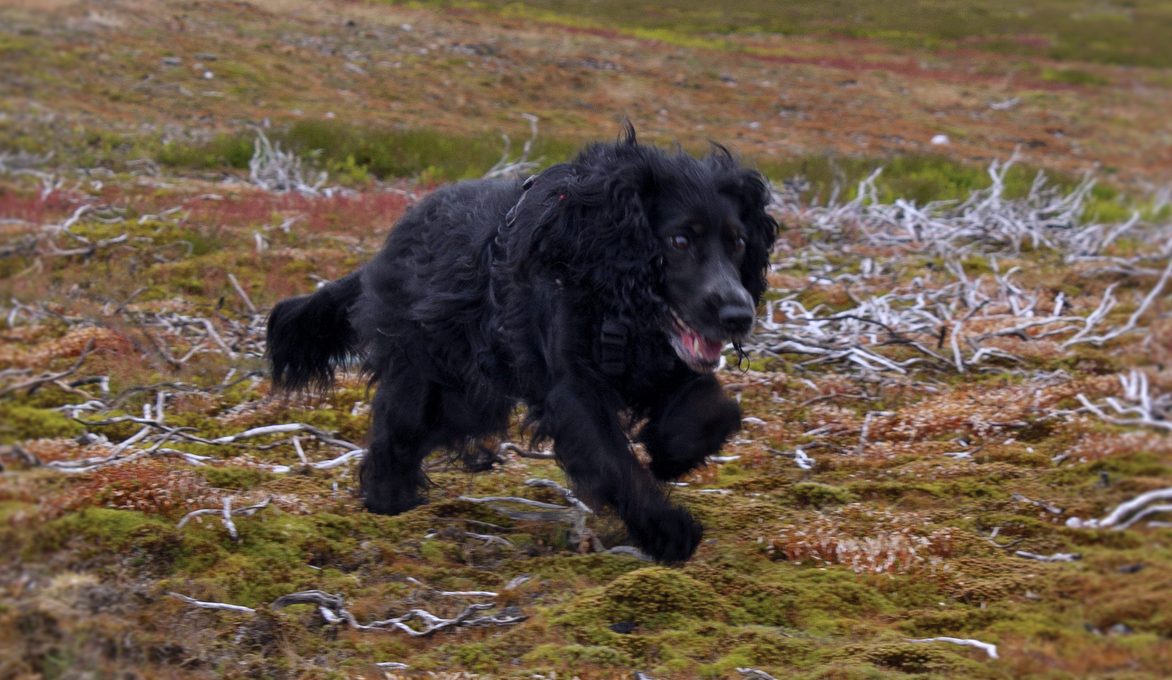Stress isn’t all that bad
Stress is often seen as the enemy. We blame it for our exhaustion, our anxiety, our short tempers. We try to eliminate it, avoid it, or push it down. But what if stress isn’t the villain we’ve made it out to be? What if, instead of something to be feared, it’s actually something we need to learn to work with? Both in ourselves and in our dogs?
Stress as a Necessary Function
Stress isn’t inherently bad. It’s a biological response designed to help us survive. Hunger is a stress signal that reminds us to eat. Tiredness is a stress response prompting us to seek rest. Even excitement is a form of stress, triggering physiological changes that prepare us for action. Stress is a motivator, a messenger, and an opportunity to adapt. You know me, I love an opportunity to adapt.
One important distinction is between distress and eustress. Eustress, or positive stress, helps us function at our best. It’s the excitement before a competition, the challenge of learning something new, or the motivation to push through a workout. Without eustress, we wouldn’t be driven to grow, achieve, or adapt to life’s challenges. Similarly, our dogs experience eustress when engaging in stimulating play, learning a new skill, or navigating a novel environment in a positive way. Eustress builds confidence and resilience when managed properly.
The problem arises not from stress itself, but from a lack of resilience. Chronic stress occurs when we (or our dogs) are unable to recover effectively. When stress lingers without relief, it turns into anxiety, burnout, and even physical illness. When you’re in a good mental state, I highly recommend reading ‘The Body Keeps The Score’. A really interesting read on stress and trauma and how it’s held in the body when it’s not dealt with.
Chronic Stress is where we need to worry, it’s the bodies inability to cope with the hormones releases, constant amygdala firing, neurons wiring in a way that becomes self prophesising. It’s not helpful. Chronic stress can take a minimum of 3 months to see any benefits of healing, it does effect the body. Stress increases tension in the muscles, which can create permanent issues in dogs and people, I see it all the time. Tight glutes on spaniels that haven’t been taught how to be resilient which causes more pulling as the glutes are uncomfortable, which causes more pulling. 🥴
Chronic stress can also effect the microbiome, the bacteria in the gut that helps breakdown food and utilise all the benefits of it. Chronic stress uses up more vitamins and minerals and kills off the good bacteria that helps absorb them, again self fulfilling prophecy!
When Pepper was attacked and she ended up in adrenal fatigue, that was her body telling me she was in chronic stress; we looked at pain, diet, enrichment and lifestyle. It wasn’t one thing that helped her gain more resilience, but a full change. I wish I had a magic wand but it’s not a one and done thing I’m afraid.
The Role of Resilience
Resilience is our ability to recover from stress, to bounce back and find equilibrium again. It’s the same for our dogs. A resilient dog can experience a stressful situation; a loud noise, an unfamiliar dog, a sudden change in routine, and then return to a state of calm. A dog lacking resilience stays stuck in a heightened state, unable to let go of the stress response. This leads to something called ‘Trigger Stacking’ where the dog can start to create negative associations with things not even to do with the original event that triggered the stress response, and seemingly be reacting to ✨nothing✨.
So, rather than focusing on avoiding stress altogether (which is impossible, we should be micro dosing in ways the dog and we can opt in to the experience), we should focus on building resilience, both in ourselves and in our dogs.
How to Build Resilience
- Recognise and Acknowledge Stress – Instead of suppressing stress or reacting negatively to it, acknowledge it as a signal. This applies to our own emotions as well as our dog’s behaviours. A barking, lunging dog isn’t “bad”—they’re communication. Recognising that allows us to address the cause rather than just the symptoms. Behaviour is communication at the end of the day.
- Regulate Before Reacting – When stress hits, take a breath before reacting. Teach your dog the same by incorporating calming strategies, like sniffing activities, structured decompression walks, or simple pattern games that help them regain focus. One of my favourites is teaching the dog to ‘shake off’. allowing the dog to rebalance and reset.
- Create Safe Recovery Spaces – Just like we need restful environments to recover, so do our dogs. Having access to a safe space, and opportunities to unwind is crucial. If you have ‘triggers’ near your home, these can be masked slightly by music and the visual taken away with static cling window film.
- Expose Gradually, Not Avoid Completely – Avoidance teaches fragility. If we never expose ourselves or our dogs to manageable stressors, we don’t build resilience. Instead, gradual, positive exposure to different experiences helps us develop coping mechanisms. This is me with phone calls! I despise phone calls, I find them really aversive, I have an auditory processing issue, I use subtitle for everything. I also have really bad memories when it comes to phone calls, I won’t go into it, but that doesn’t help. I don’t avoid them, but I micro dose them. That’s why if you ever want a phone call with me, it’s by booking only. Same with my phone appointments, I can prepare if I know who’s calling or I know who I’m calling. Setting my self up for success!
- Encourage Adaptive Coping Strategies – Some coping strategies help us recover, while others keep us stuck. Exercise, proper nutrition, and mindfulness help us process stress. Similarly, enrichment, appropriate outlets for instinctual behaviours, and clear communication help dogs cope with stress effectively. For me decompression walks in out of the way areas are the best for me and the dogs, for others, I know scent work or ACE Groundwork is an awesome opportunity to shake it all off.

Stress is an Opportunity
Instead of seeing stress as something negative to be eliminated, we can reframe it as an opportunity. Stress tells us something important—it reveals our limits, our needs, and where we need to grow. In both ourselves and our dogs, stress can be a guide, helping us learn, adapt, and build resilience.
By shifting our mindset from stress avoidance to stress management, we empower ourselves and our dogs to handle life’s challenges with greater ease. Because stress isn’t the bad guy, it’s the signal that invites us to grow. Let’s stop blaming and shaming, and start exploring, digging down rabbit holes and learn from ourselves and our dogs.

